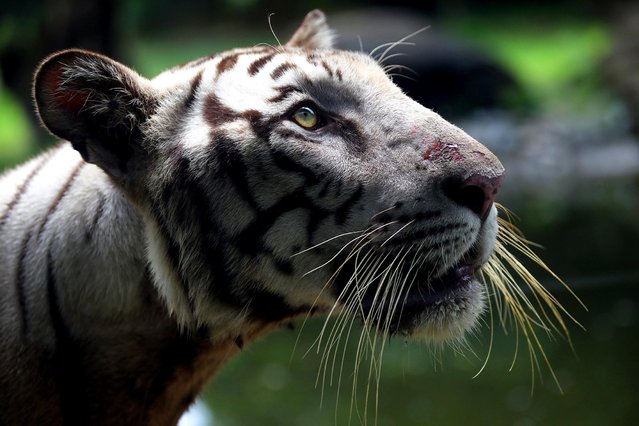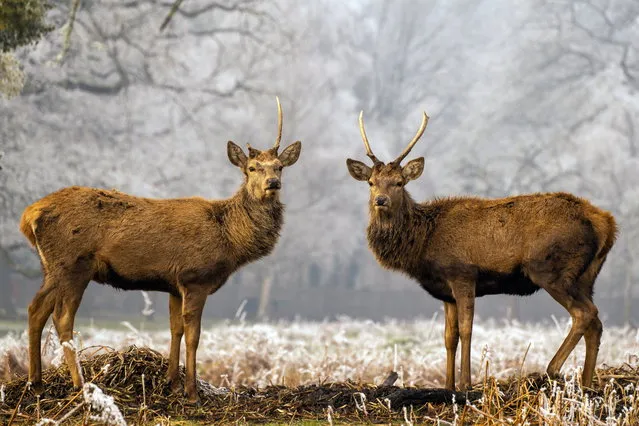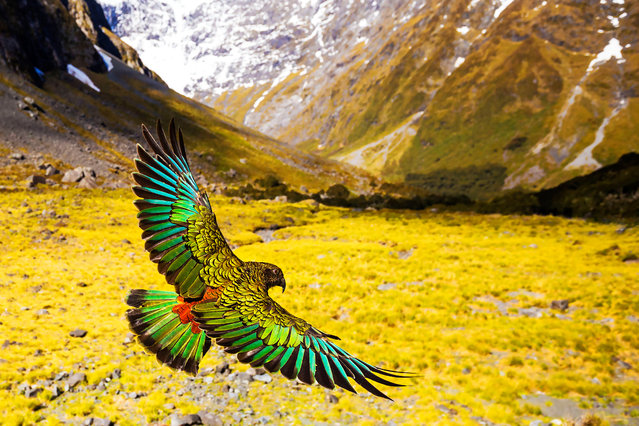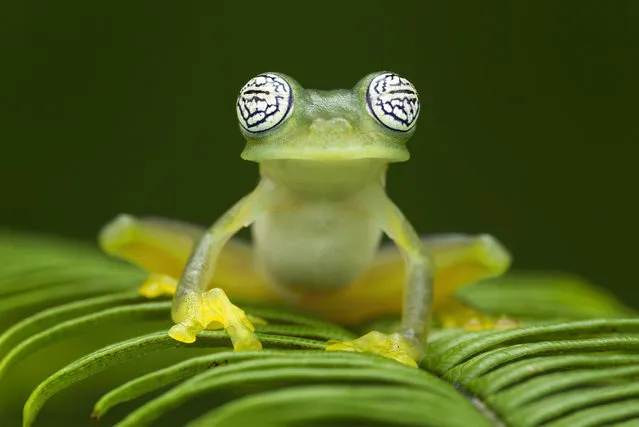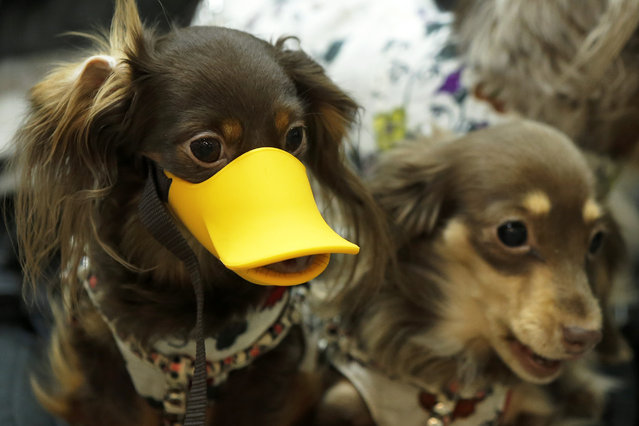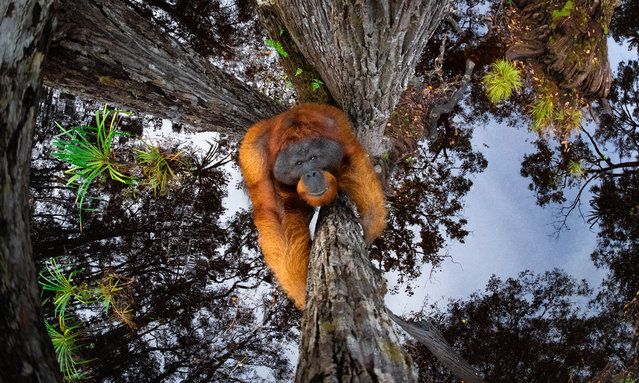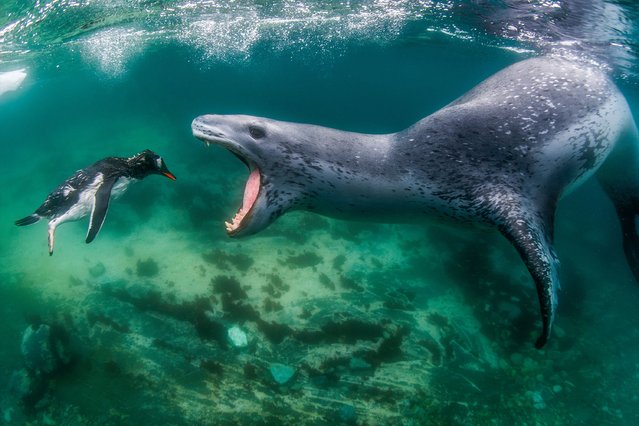
Leopard seal chasing a Gentoo penguin in Antarctica. This image wins the gold prize in the behaviour – mammals category, and the grand prize of World Nature Photographer of the Year. (Photo by Amos Nachoum/World Nature Photography Awards)
13 Mar 2022 03:52:00,post received
0 comments

